Long lines and missed flights aren’t just frustrating—they’re becoming the new normal.
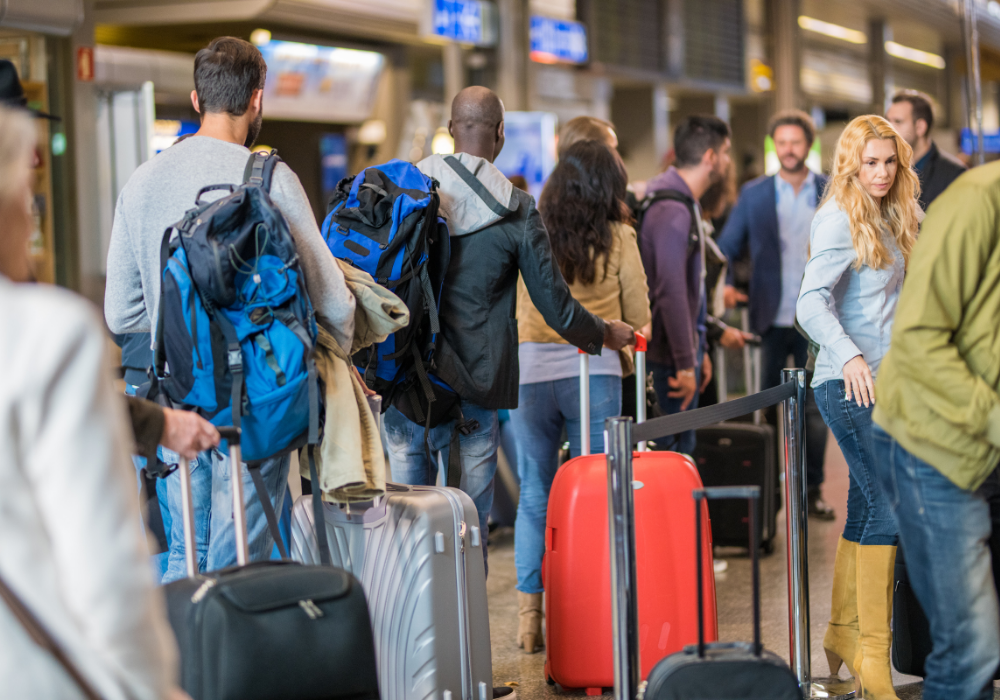
TSA checkpoint delays have surged at several major U.S. airports as staffing shortages create bottlenecks that ripple through entire terminals. What used to be a 15-minute security experience now stretches into hour-long ordeals, forcing travelers to arrive earlier and gamble with their schedules.
The problem isn’t going away anytime soon. These seven airports are experiencing some of the worst TSA wait times in the country, turning what should be routine screenings into stress-inducing obstacles that can derail your entire trip.
1. Hartsfield-Jackson Atlanta International Airport faces chronic understaffing issues.
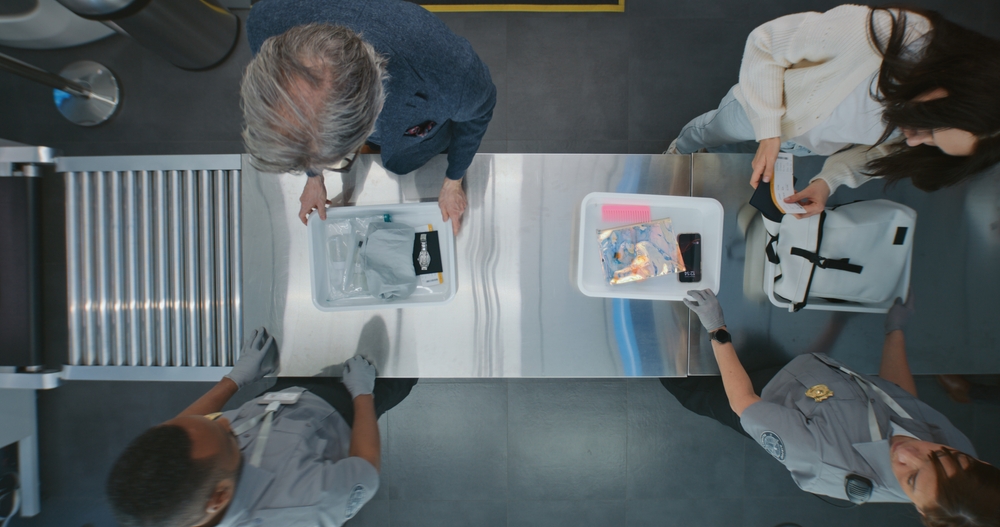
Atlanta’s massive hub processes over 100 million passengers annually, but TSA staffing hasn’t kept pace with that volume. Peak morning hours regularly see wait times exceeding 90 minutes, particularly at the domestic terminal’s main checkpoint. The airport has added signage encouraging travelers to arrive three hours early for domestic flights, which used to be advice reserved only for international departures.
The understaffing problem hits hardest during holiday periods and summer travel seasons when passenger loads spike. TSA has struggled to retain workers at this location due to Atlanta’s high cost of living and competitive job market. Even the airport’s expedited PreCheck lanes sometimes back up for 30 minutes or more, defeating the purpose of paying for faster screening. Missed connections have become so common that airlines now build extra buffer time into Atlanta layovers.
2. Chicago O’Hare International Airport struggles with inconsistent checkpoint operations.

O’Hare’s security checkpoints open and close unpredictably based on available staff, creating confusion for passengers who arrive expecting certain lanes to be operational. Terminal 3, which handles United Airlines flights, has been particularly problematic with wait times frequently surpassing an hour during morning departure waves. The airport’s sprawling layout means backups at one checkpoint can’t easily be solved by redirecting travelers elsewhere.
Staff turnover at O’Hare remains unusually high compared to other major airports, with many TSA officers citing difficult working conditions and inadequate break facilities. The airport added automated screening lanes to speed up the process, but those improvements only help when enough personnel are available to operate them. Winter weather compounds the problem since delayed inbound flights create passenger surges that overwhelmed checkpoints weren’t designed to handle. Your best strategy involves checking TSA wait time apps before leaving for the airport.
3. Los Angeles International Airport sees delays concentrated in specific terminals.
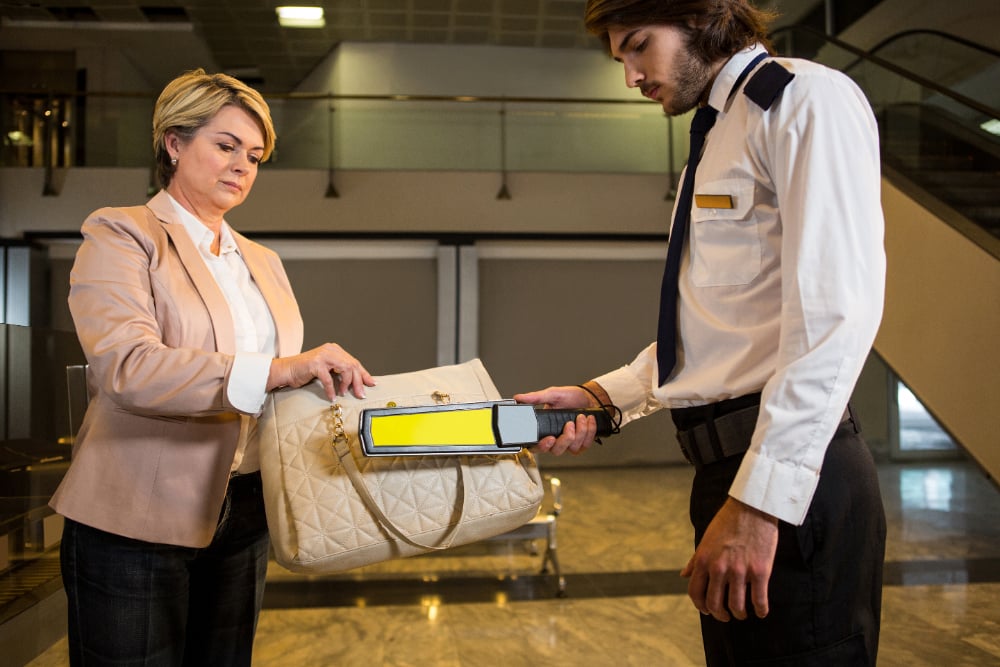
LAX’s Tom Bradley International Terminal and Terminal 1 experience the longest security waits, sometimes reaching two hours during afternoon departure pushes. The airport’s ongoing modernization project has reduced the number of available screening lanes in certain areas, making staffing shortages even more acute. International travelers have reported missing flights despite arriving the recommended three hours early.
The decentralized terminal layout at LAX means some checkpoints get slammed while others sit relatively empty, but inter-terminal transfers aren’t always convenient or quick. TSA has implemented staggered shift schedules to better match staffing levels with flight patterns, yet gaps remain during transition periods between shifts. Terminal 7, serving United Airlines, recently reopened with updated screening technology but still suffers from insufficient personnel to keep all lanes running. Savvy travelers now book flights from less congested terminals when possible, even if it means connecting through other cities.
4. Miami International Airport battles a perfect storm of tourism and understaffing.
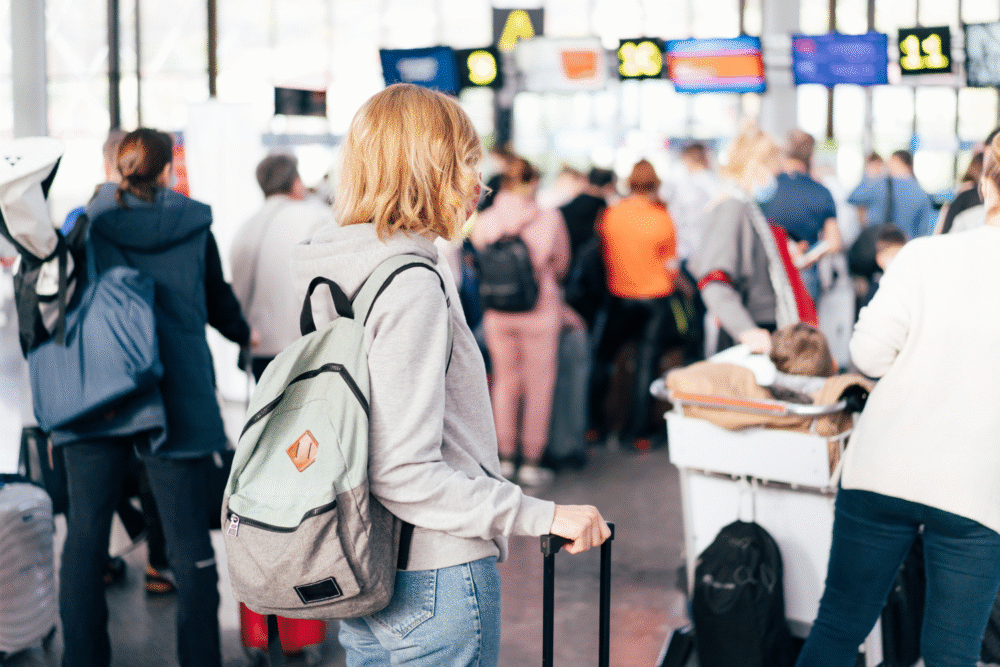
Miami’s position as a gateway to Latin America and the Caribbean creates constant international travel surges that strain TSA resources. The airport processes particularly heavy volumes during morning departure banks when dozens of flights leave within two-hour windows. Security wait times regularly hit 75 minutes or more, with the North Terminal experiencing the worst bottlenecks.
Recruiting qualified TSA officers in South Florida has proven challenging due to housing costs and competition from cruise lines and hospitality employers offering better pay. The airport introduced a reservation system for security screening during a pilot program, but implementation stalled due to operational complexities. Peak season from December through April sees the most severe delays, with spring break adding unpredictable passenger surges. Even business travelers with PreCheck memberships report 20 to 40-minute waits that wreck tight connection schedules.
5. Newark Liberty International Airport deals with persistent staffing gaps.
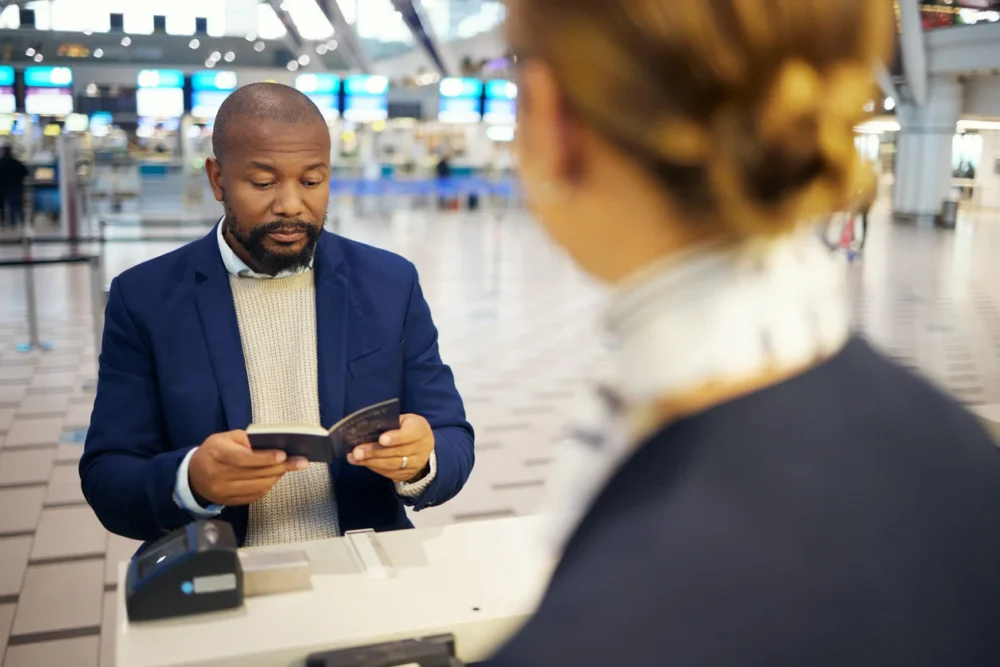
Newark’s Terminal C, recently renovated and primarily used by United Airlines, ironically suffers some of the airport’s longest security delays despite modern screening equipment. TSA staffing levels haven’t matched the terminal’s increased capacity, creating mismatches between passenger flow and checkpoint throughput. Morning departures to European destinations create particularly nasty backups as hundreds of international travelers converge simultaneously.
The airport’s proximity to New York City makes recruiting difficult since TSA wages can’t compete with regional employment alternatives that don’t require federal background checks. Terminal A improvements have helped somewhat, but Terminals B and C remain problematic during peak travel periods. Weather delays that strand passengers overnight create next-day surges that understaffed checkpoints can’t absorb efficiently. Your wait time can vary wildly depending on which terminal your airline uses, making Newark especially unpredictable.
6. San Francisco International Airport experiences technology and staffing challenges.
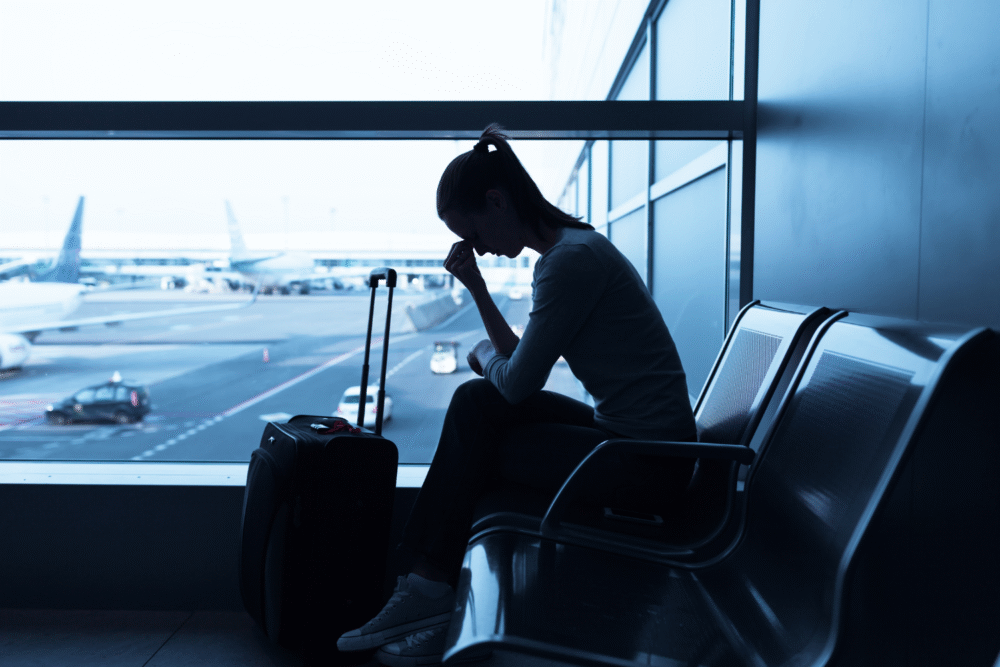
SFO invested heavily in computed tomography scanners that eliminate the need to remove laptops and liquids, but those machines require more extensive TSA training that staffing shortages have delayed. Terminal 3, handling United’s domestic flights, frequently sees 60-plus minute waits during morning departures. The airport’s layout forces all passengers through central security checkpoints before reaching gates, creating unavoidable bottlenecks.
Silicon Valley’s tech boom has made San Francisco one of America’s most expensive labor markets, pushing TSA recruitment into crisis mode. The agency can’t match private sector wages or benefits, leading to chronic understaffing that particularly affects weekend and holiday shifts. International Terminal delays sometimes force airlines to hold departures for passengers stuck in security lines. Terminal 1, used by Southwest Airlines, tends to move faster but still experiences frustrating slowdowns during peak periods when every lane isn’t fully staffed.
7. Denver International Airport sees remote location complicate hiring efforts.
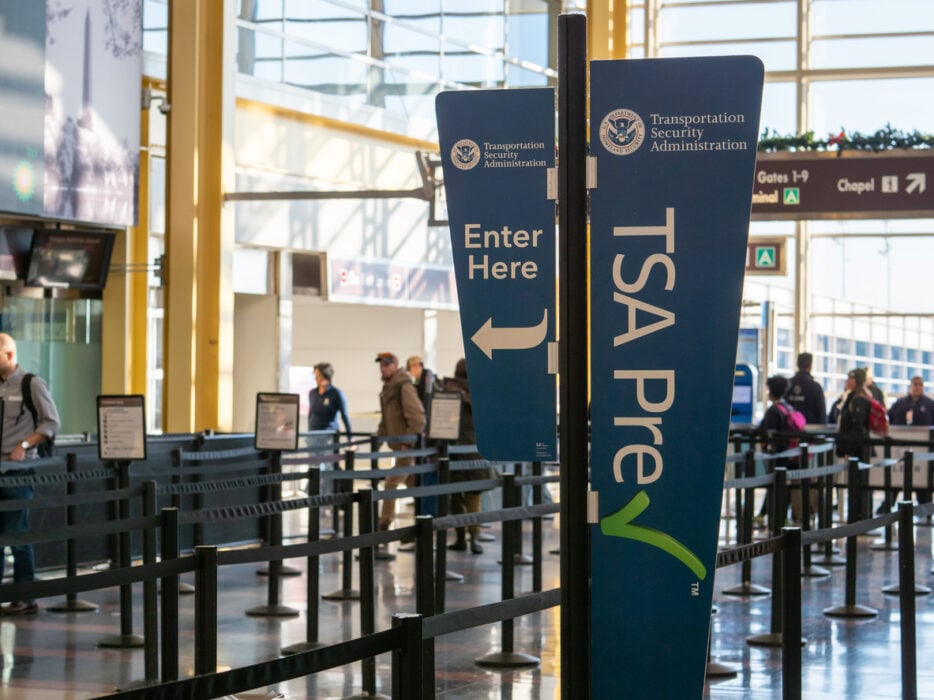
Denver’s distance from the city center—25 miles—makes commuting difficult for TSA officers, contributing to staffing problems that plague the airport’s security checkpoints. The main checkpoint regularly posts wait times exceeding an hour, particularly during ski season when leisure travelers flood the airport. DIA’s reputation for long security lines has become so notorious that local news stations feature daily wait time reports.
The airport added more screening lanes and upgraded equipment, but improvements mean nothing without personnel to operate them. Bridge security checkpoints that were supposed to relieve congestion often close due to insufficient staff, funneling everyone through the main checkpoint. TSA PreCheck lines at Denver sometimes stretch longer than standard screening at smaller airports, frustrating travelers who paid for expedited service. Summer tourist season and winter ski traffic create extended periods where security delays disrupt daily operations and force airlines to page passengers who might miss their flights.
